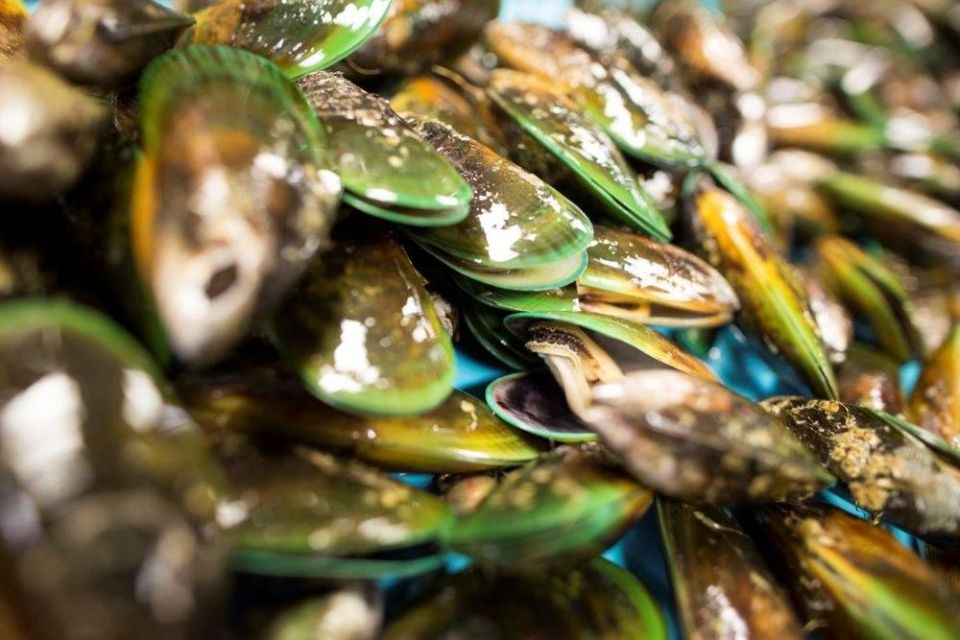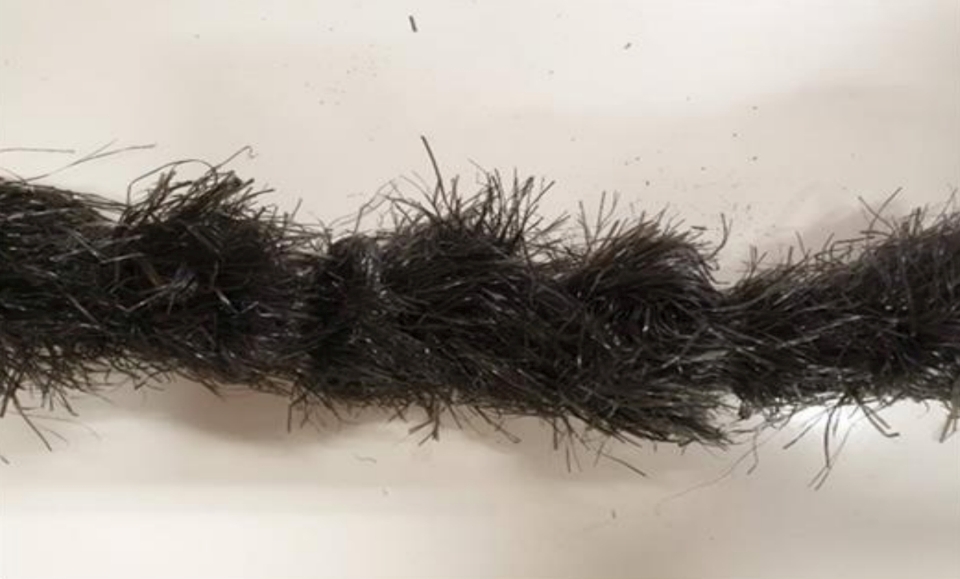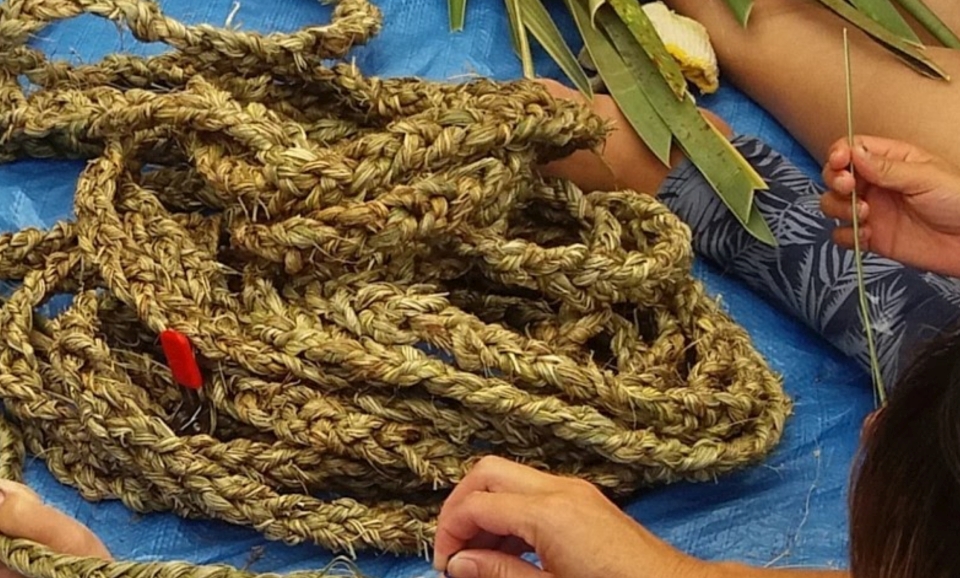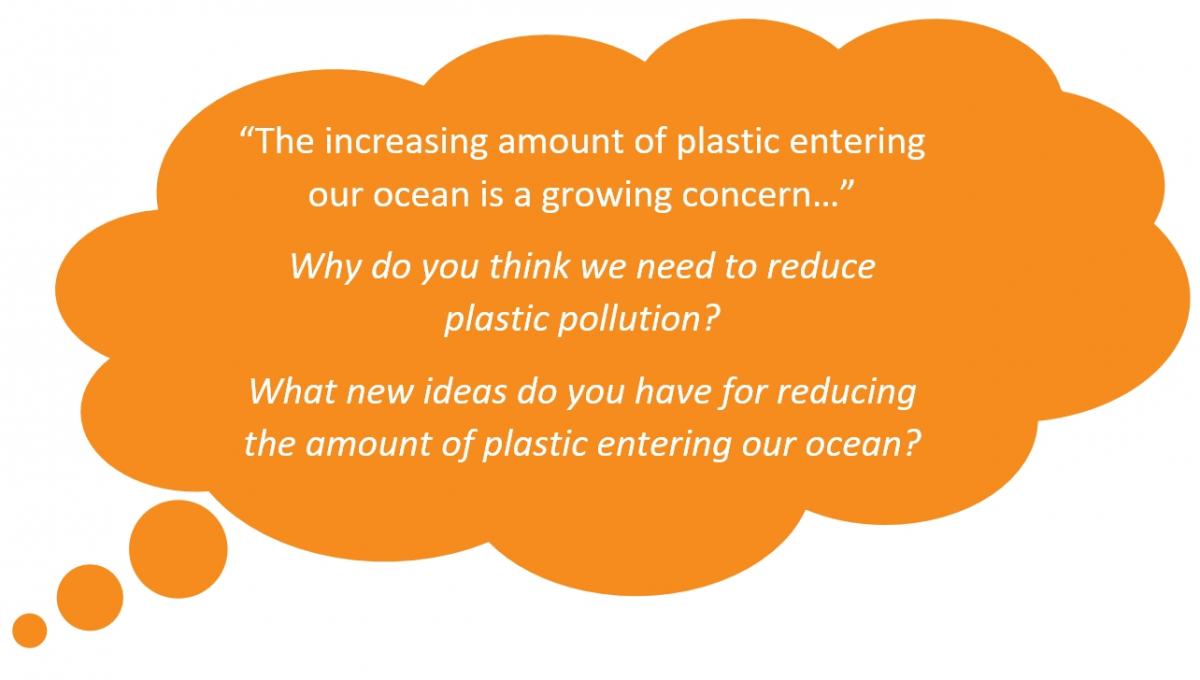You can contact LEARNZ, part of CORE Education, at:
Postal Address:
PO Box 13 678,
Christchurch 8141,
New Zealand

Kūtai mussels are bivalve molluscs. Aotearoa New Zealand has 22 species of kūtai.
Our best-known kūtai is the endemic, green-lipped mussel. They make their home on rocks and solid surfaces around the coastline of Aotearoa.
Green-lipped mussels are an important part of the New Zealand economy. Most green-lipped mussels now come from mussel farms.
Most natural kūtai beds around New Zealand were over-fished and damaged by dredging. The beds have struggled to recover as forested land was cleared and wetlands were drained, leading to soil being washed into the sea, smothering regenerating beds. Water pollution has also affected kūtai.
Kūtai beds play important roles within marine ecosystems. Kūtai filter the water, provide habitat and are a food source for animals and people. Kūtai are filter feeders. They draw in seawater to trap food (phytoplankton). One kūtai can filter up to 350 litres of seawater daily – that’s the same as about three full bathtubs a day. As the kūtai filter the water, they also remove sediments and other substances that make the water murky and/or polluted.
Kūtai beds provide a habitat for other sea creatures. They act as nurseries for juvenile fish to shelter and grow and are home to invertebrates and other types of marine life.
Kūtai are food for snapper, crabs, crayfish and people.
Kaiwhatu weavers use strong mussel shells to make muka, the stripped fibre of flax, when weaving cloaks.

The increasing amount of plastic entering our ocean is a growing concern. Every year, the green-lipped mussel aquaculture industry uses large quantities of plastic ropes to catch wild mussel spat (seed mussels). The spat is then used to stock mussel farms around Aotearoa New Zealand. However, there are concerns about loss of this plastic spat-catching rope into the sea, and after a number of years of use, much of this rope ends up in landfill because it is not always recyclable.
Kohunga Kutai is a Sustainable Seas project using mātauranga Māori and western science. Sustainable Seas is working with iwi and project partners to develop an effective, biodegradable alternative to plastic spat-catching rope. This rope will be made from native plant fibres.

 Baby kūtai known as mussel spat appear to have a strong natural connection with native plant fibres such as muka fibre from harakeke (flax), kuta (swamp reed) and tī kōuka (cabbage tree). Spat will readily attach to these fibres and grow.
Baby kūtai known as mussel spat appear to have a strong natural connection with native plant fibres such as muka fibre from harakeke (flax), kuta (swamp reed) and tī kōuka (cabbage tree). Spat will readily attach to these fibres and grow.
During this field trip to Mahurangi Warkworth you will see how mātauranga Māori is guiding work with plant fibres to identify and create the best natural spat-catching rope for use in mussel farms.
Complete the Kūtai Mussels quiz
> Discover more about marine ecosystems in Aotearoa